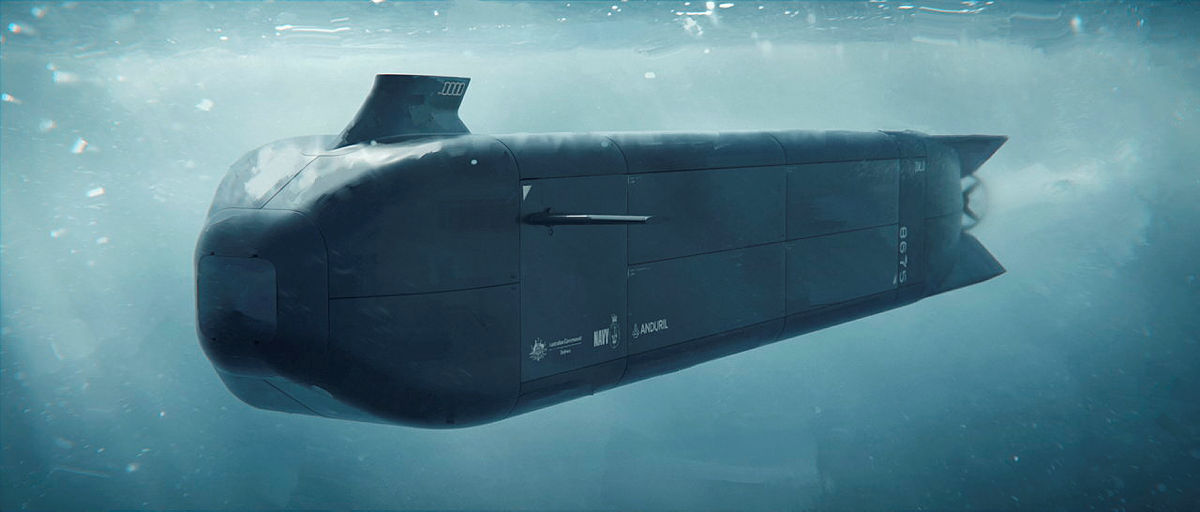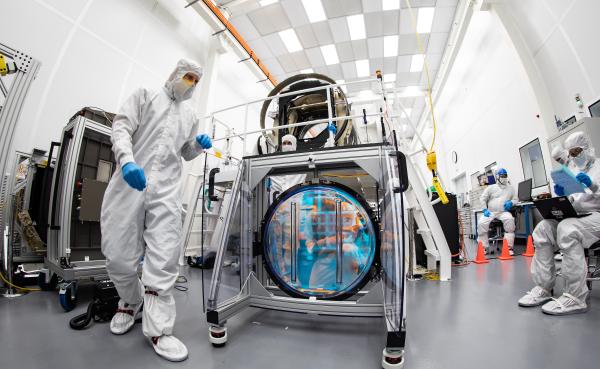The Defense Advanced Research Projects Agency (DARPA) recently unveiled its BioLogical Underwater Energy (BLUE) program, with the goal of utilizing dissolved organic matter, such as phytoplankton, zooplankton, and microplastics, to power ocean-deployed sensors. This innovative endeavor seeks to address the energy problem faced by these sensors, offering a sustainable and low-environmental impact solution. By converting abundant marine biomass into electrical power, the BLUE program aims to extend the mission life of underwater sensor systems, reducing costs and logistical challenges while safeguarding personnel.
Harnessing the Power of Marine Biomass
Ocean-deployed sensor systems play a crucial role in various applications, including national security, climate change monitoring, and understanding marine environments. However, the longevity of these sensors is often hindered by their reliance on batteries, which must be regularly recharged or replaced. This not only increases expenses but also poses logistical difficulties, as service visits to these sensors can be cumbersome and risky.
Dr. Leonard Tender, the BLUE program manager, envisions an onboard device capable of converting marine biomass into simple fuels, which can then be used to generate operational power. Achieving a persistent, battery-level power supply for submerged sensors would be a game changer, revolutionizing the industry.
The BLUE Program’s Objectives
To turn this vision into reality, the BLUE program is seeking partnerships to focus on microscopic marine biomass capable of generating electrical power. These partnerships will help identify the critical environmental factors needed to meet the program’s goals and leverage biology to develop a conversion process that efficiently transforms marine biomass into electrical power.
Additionally, prospective teams will explore ways to capture and mass transport biomass through conversion. The ultimate aim is to enable up to one year of continuous power generation, eliminating the need for frequent battery replacements or recharging.
Ensuring Environmental Sustainability
While the BLUE program aims to maximize the use of marine biomass for energy generation, it intends to do so with a strong commitment to ecological and environmental safety. A comprehensive analysis of the program’s impact on the ecosystem will be conducted to ensure that the system is sustainable and does not harm the marine habitat.
DARPA’s BLUE program represents a significant step forward in the field of sustainable energy generation. By leveraging abundant microscopic marine biomass, researchers hope to revolutionize the way underwater sensor systems are powered. The ability to convert this biomass into electrical power has the potential to extend mission life, reduce costs, and simplify logistics. As the BLUE program progresses, it is clear that harnessing the power of our oceans holds immense possibilities for a greener and more sustainable future.
Article Source: DERPA
Image Credit: Christian Sardet/Tara Ocean Foundation via eurekalert.org











